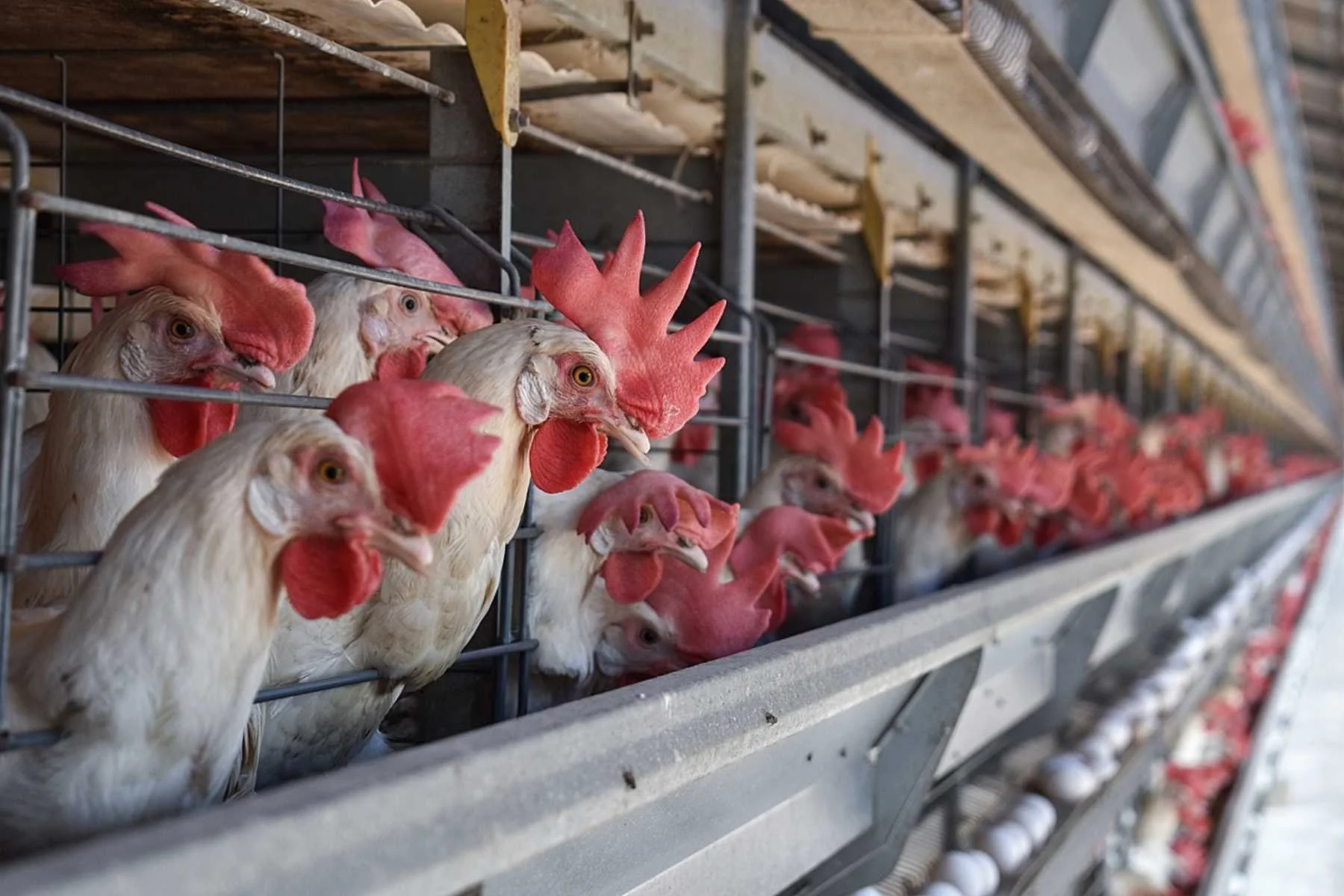Sales Of Whale Meat Are On The Rise in Norway
The increased demand is a huge blow to conservation efforts, with the government accused of loosening the restrictions on hunting.
Credit: Sea Shepherd
Domestic demand for whale meat in Norway has increased for the first time in years, posing a significant threat to conservation efforts.
Shocking figures reveal that 484 minke whales have been killed so far in 2020 - this is 55 more whales than were killed in the whole of last year.
And worse still, domestic sales of the catch are on the rise.
According to The Guardian, the fishing processing company Hopen Fisk had sold out of its annual stock of whale meat by July.
“This year we’re seeing an increase for the first time in several years”, Øyvind Andre Haram, of marketing association Norsk Hval, told NRK. “I’ve never seen such interest in whale meat as this year.”
It comes after the industry suffered years of waning public support. On average, Norwegians only eat 0.25 kg of whale meat per year. And a survey conducted last year found that just four percent said they regularly consumed whale meat, and nearly half said they hadn’t eaten it in ‘a long time’.
The increase in sales is partly due to the COVID-19 pandemic, as Norwegians shun imported meat, and look instead to local produce.
Also, with travel restrictions, more Norwegians are holidaying at home, including to the north of the country, where whale meat is much more prevalent.
“Here in Lofoten, Norwegians on holiday have been to local restaurants and tasted our local specialities including whale meat, maybe for the first time”, says Bjørn Andersen, skipper of the whaling boat Reinebuen.
Meeting this rising demand has been made easier, thanks to the government’s loosening of restrictions on whaling. Under new guidelines, the law requires only one person on board a vessel to have whaling experience.
“And even then, they only need to have participated in a whale hunt once in the last six years”, explains Kate O’Connell, of the Animal Welfare Institute. “This poses a significant problem for the welfare of the whales targeted, as less experienced harpooners have been shown to have higher time to death rates”, adds O’Connell.
Even with experienced whalers, the time it takes for a harpooned whale to die (TTD) can be as long as 15 minutes. An internal report to Norway’s Directorate of Fisheries found that 18 percent of whales in the 2012 hunting season were not instantaneously killed, and that the median TTD was six minutes.
The Norwegian hunts are particularly damaging to conservation efforts, as around 70 percent of the whales killed are female, many of whom are pregnant. This is due to the fact that female minke swim further north along the Norwegian coast, during their migration in the North Atlantic Ocean.
“Pregnant females are slower and accordingly also easier to kill”, Fabienne McLellan, of OceanCare, tells Mongabay. “Also it is to be assumed that the females swim closer to the coast for energy and security reasons and are therefore caught more easily.”
After formally objecting to the global moratorium on commercial whaling, Norway has allowed commercial whaling to take place since 1993. During this time, over 14,000 minke whales have been killed, with the majority exported to Japan.
Whale meat remains popular in Japan, where commercial whaling resumed in 2019, after a hiatus of thirty years. But in Iceland, the only other country to allow commercial whaling, demand has dipped considerably, and no whale hunts have taken place there in the last two years.
More stories:
Species Unite
A collection of stories of those who fight the good fight on behalf of animals.




Leather, wool, feathers: even if they were by-products, would that make a difference?